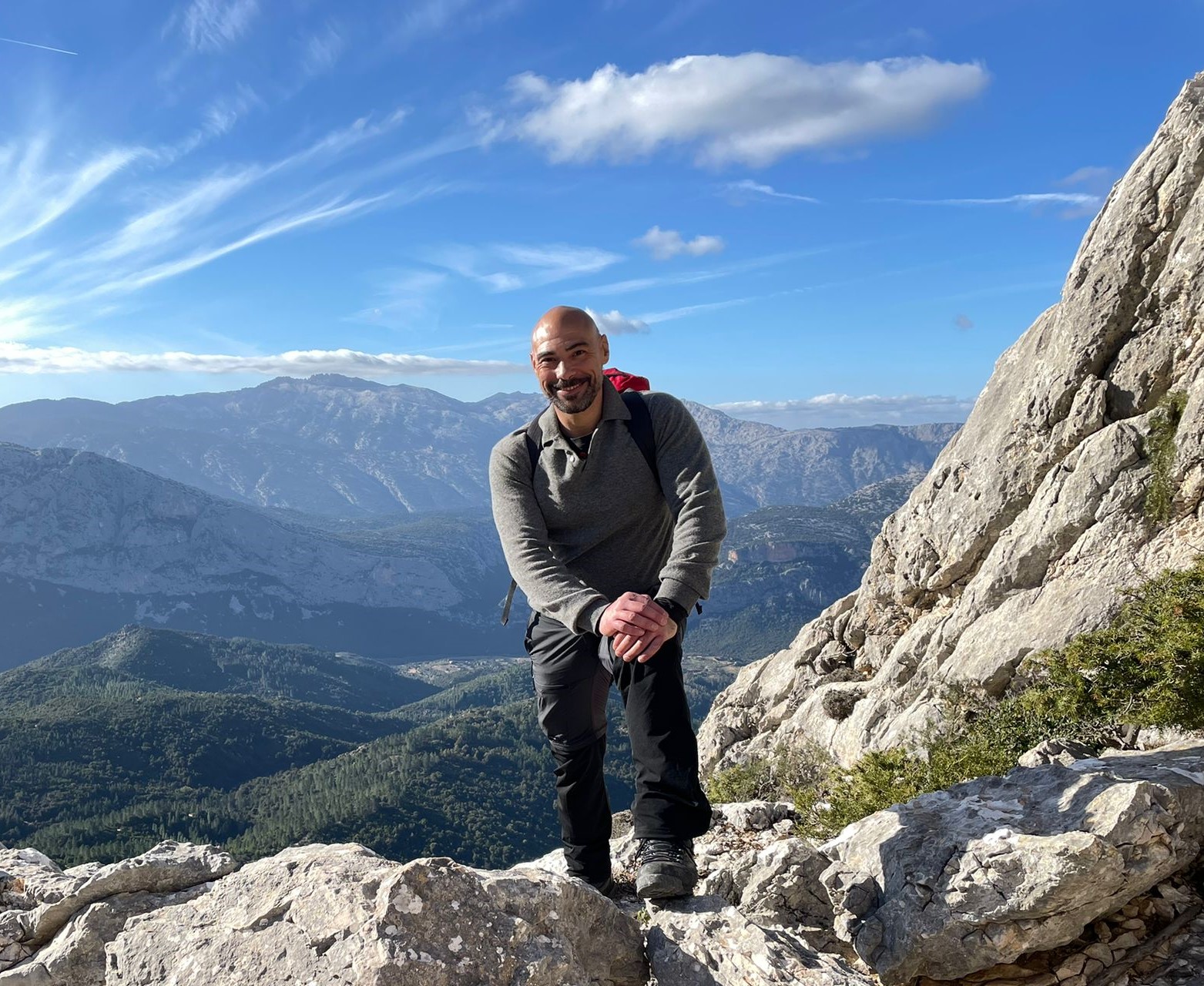Dr Luciano Atzeni
Research Staff
I am a conservation biologist with a blend of academic backgrounds that led to my research directions in landscape ecology. I obtained a BSc in Applied Bio-Ecology and an MSc in Molecular Anthropology from the University of Cagliari, Italy, where I graduated with a population genetics thesis looking at signals of natural selection between two isolated areas in Sardinia. After various experiences working in chemical, clinical, forensic, and environmental labs, I enrolled in the MSc Conservation at University College London, where I graduated with a thesis looking at forest regeneration patterns driven by the red collared brown lemur (Eulemur collaris) in south-eastern Madagascar. I then moved to China, visiting Anhui Normal University for a genetic project on the captive breeding of the Chinese alligator (Alligator sinensis). After this experience, I enrolled in the PhD Program of Beijing Forestry University. My thesis project, entitled ‘Landscape drivers of distribution, genetic diversity and connectivity in a snow leopard (Panthera uncia) population from Qilianshan National Park, China’ focused on a portion of the snow leopard range in China, located at the north-eastern edge of the Qinghai-Tibetan Plateau, a critical and key area for range-wide connectivity patterns and genetic structure. Relying on a mixed dataset composed of camera trapping and genetic data, my thesis evaluated landscape patterns of species distribution, spatial patterns of genetic diversity and structure, landscape constraints to gene flow, critical habitat patches and connectivity areas, and finally reconstructed the genetic structure in the whole study area based on simulation methods and validation through real genetic data. I joined WildCRU in January 2023 as a Post-Doctoral Researcher. Here, I am working on large landscape-scale connectivity and genetic models, exploring the impacts of landscape changes on the demographic and genetic trajectories of wildlife populations. Particularly, I am evaluating how the interplay between landscape factors, mitigation measures, and anthropogenic pressure affect the viability of reintroduced leopard (Panthera pardus) populations. A key aspect of such a project is the incorporation of dynamism both in the evaluation of population expansion and viability from the release site after a defined number of time-steps. I am also interested in occupancy and spatial-capture recapture frameworks, telemetry studies, multivariate analysis applied to the study of landscape and spatial genetics, and theoretical developments of landscape genetics and connectivity modelling.
Selected Publications
Bai D-F, Chen P-J, Atzeni L, et al (2018) Assessment of habitat suitability of the snow leopard (Panthera uncia) in Qomolangma National NatureReserve based on MaxEnt modeling. Zoological Research 39:373–386. https://doi.org/10.24272/j.issn.2095-8137.2018.057
Werhahn G, Liu Y, Meng Y, et al (2020) Himalayan wolf distribution and admixture based on multiple genetic markers. J Biogeogr 47:1272–1285. https://doi.org/10.1111/jbi.13824
Atzeni L, Cushman SA, Bai D, et al (2020) Meta-replication, sampling bias, and multi-scale model selection: A case study on snow leopard (Panthera uncia) in western China. Ecol Evol. https://doi.org/10.1002/ece3.6492
Chen Y, Sun Y, AtzeniI L, et al (2021) Anthropogenic pressures increase extinction risk of an isolated Asian elephant (Elephas maximus) population in southwestern China, as revealed by a combination of molecular- and landscape-scale approaches. Integr Zool. https://doi.org/10.1111/1749-4877.12534
Atzeni L, Cushman SA, Wang J, et al (2021) Evidence of spatial genetic structure in a snow leopard population from Gansu, China. Heredity 127:522–534. https://doi.org/10.1038/s41437-021-00483-0
Chen Y, Atzeni L, Gibson L, et al (2022) Urban expansion and infrastructure development reduce habitat suitability for Asian elephants in southwestern China. J Wildl Management 86:. https://doi.org/10.1002/jwmg.22204
Franchini M, Atzeni L, Lovari S, et al (2022) Spatio-temporal behaviour of predators and prey in an arid environment of Central Asia. Curr Zool. https://doi.org/10.1093/cz/zoac093
Hacker C, Atzeni L, Munkhtsog B, et al (2022) Genetic diversity and spatial structures of snow leopards (Panthera uncia) reveal proxies of connectivity across Mongolia and northwestern China. Landscape Ecol 1–19. https://doi.org/10.1007/s10980-022-01573-y
Atzeni L, Wang J, Riordan, Shi K, Cushman S. Landscape resistance to gene flow in a snow leopard population from Qilianshan National Park, Gansu, China. Landscape Ecology (in review).
Ding N, Atzeni L, Chen Y, Lyu Z, Shi K. Mapping human-wild boar conflict by multi-scale risk modelling in Northeast China. Journal of Wildlife Management and Wildlife Monographs (in review).
Norris A, Riordan P, Cushman S, Shi K, Atzeni L. Identifying gaps and priority areas to guide management planning of a protected area network to support snow leopard (Panthera uncia) in Asia. Biological Conservation (in review).
Grachev A, Grachev y, Bespalov M, Saparbayev S, Baydavletov Y, Konysbayeva D, Riordan P, Atzeni L. Assessing snow leopard connectivity through trans-boundary areas in the north-western part of the range. Biodiversity and Conservation (in review).






